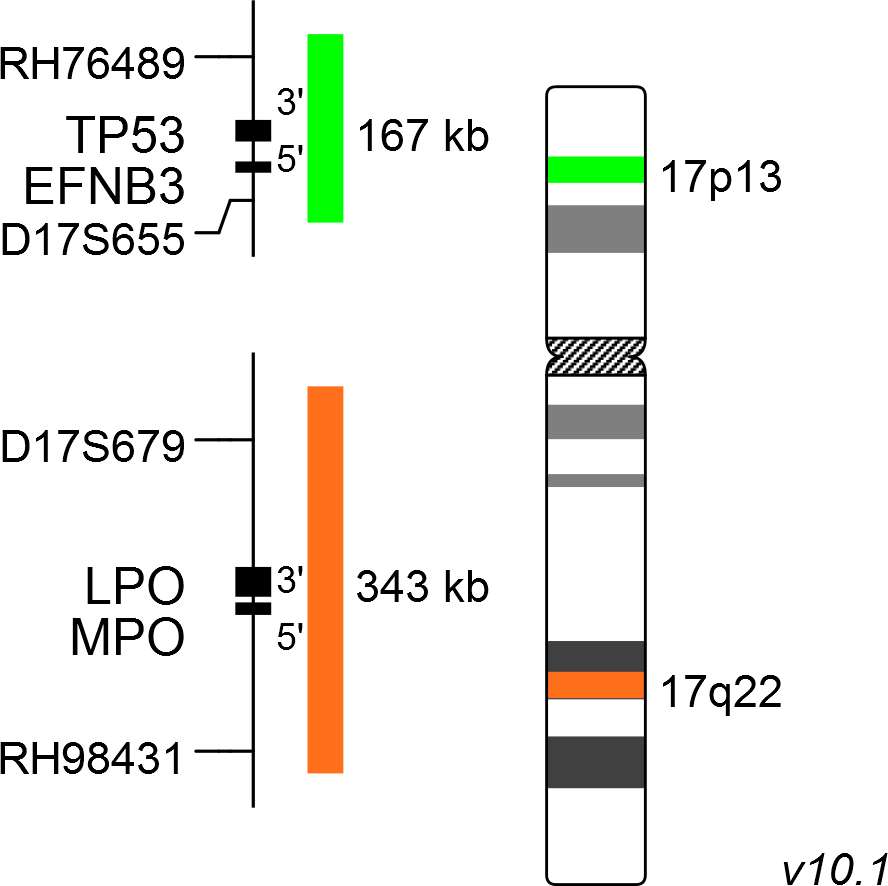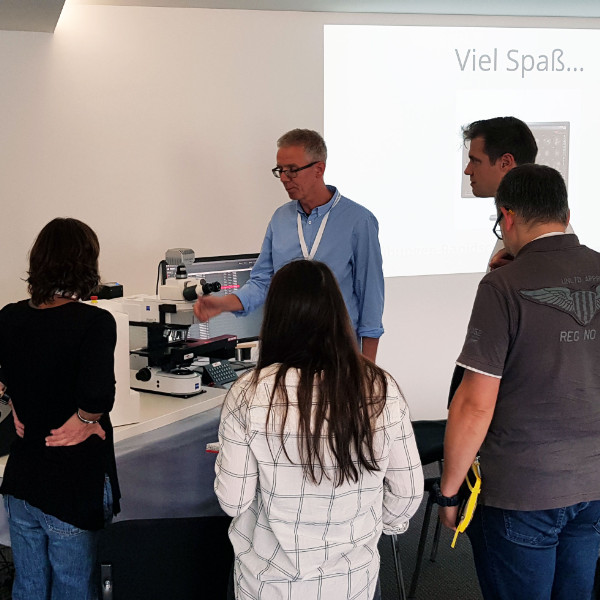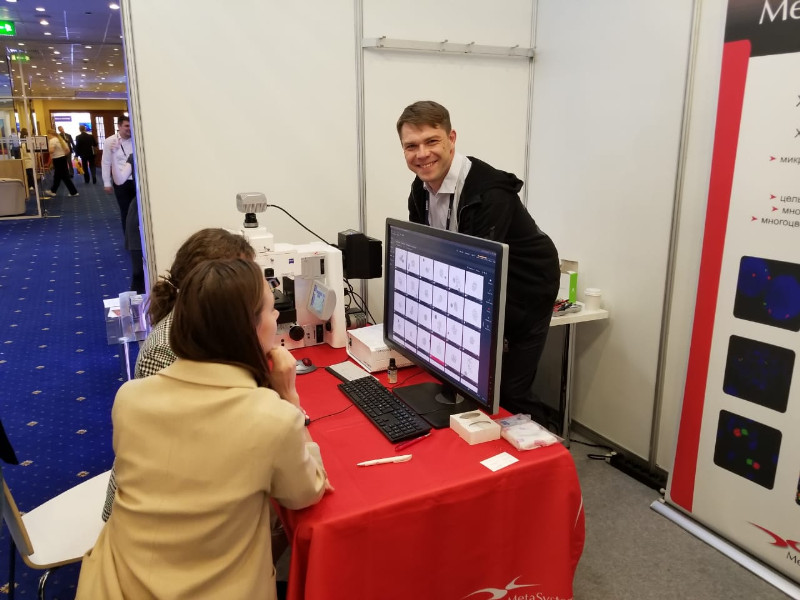About 100 guests from 36 countries met on the XVIII. MetaSystems Distributor Meeting (DM) in November to exchange experiences and to get to know new trends and developments at MetaSystems.

Our internet site may contain information that is not approved in all countries or regions. To ensure accuracy of content, please select your country/region of residence. Choose International if your country is not listed.
This information will be saved using cookies. To find out more about cookies, read our Privacy Policy.
Please select your country of residence. Choose International if your country is not listed.
Our internet site may contain information that is not approved in all countries or regions. To ensure accuracy of content, it is required that you select the site which is appropriate for your country of residence.
Based on your previous selection, you have been forwarded to the website for International.
MetaSystems Probes has already certified a large part of its portfolio, according to IVDR. For organizational reasons, we currently provide only the IVDD product.
Discover all IVDR-certified products
XL Iso(17q) consists of a green-labeled probe hybridizing to the TP53 gene region at 17p13 and an orange-labeled probe hybridizing to the MPO gene region at 17q22.
Probe maps are created in accordance with the intended purpose of the product. Solid colored bars do not necessarily indicate that the probe fully covers the indicated genomic region. Therefore, caution is advised when interpreting results generated through off-label use. Probe map details based on UCSC Genome Browser GRCh37/hg19. Map components not to scale. Further information is available on request.
An isochromosome of the long arm of chromosome 17, i(17q), is the most frequent genetic abnormality observed during the disease progression of Philadelphia chromosome positive (Ph+) chronic myeloid leukemia (CML). The breakpoints are located in the short arm of chromosome 17 within the Smith-Magenis critical region at 17p11. In neuroblastoma and other hematologic malignancies, amplification of 17q is a significant predictive factor for adverse outcome.
Isochromosome 17q, or i(17q), is ocurring in primitive neuroectodermal tumor/medulloblastoma (50%), chronic myeloid leukemia (CML), acute myeloid leukemia (AML), and myelodysplastic syndrome (MDS).

Normal Cell:
Two green (2G) and two orange (2O) signals.

Aberrant Cell (typical result):
One green (1G), three orange (3O) signals, indicating the presence of i(17q).

Aberrant Cell (typical results):
Two green (2G), three orange (3O) signals, indicating a gain of 17q.

Aberrant Cells (typical results):
One green (1G) and two orange (2O) signals, indicating a deletion of the TP53 locus.
Certificate of Analysis (CoA)
or go to CoA DatabaseNeon, the outstanding MetaSystems case and image management system, offers many tools and helpful gadgets to streamline routine workflows, for example in cytogenetics labs. The second MetaSystems User Day, addressed to MetaSystems clients from Germany, Austria, and Switzerland, provided in different workshops knowledge helping to unleash the full power of the system.

The Congress 'Genetics of XXI Century' in Moscow, Russia (May 2019) has been one of the most important events for the professional international community of geneticists. Our partner company in Russia OOO MetaSystems considered it a good occasion to present the new camera CoolCube 4 connected to a state-of-the-art Neon system to the public.
